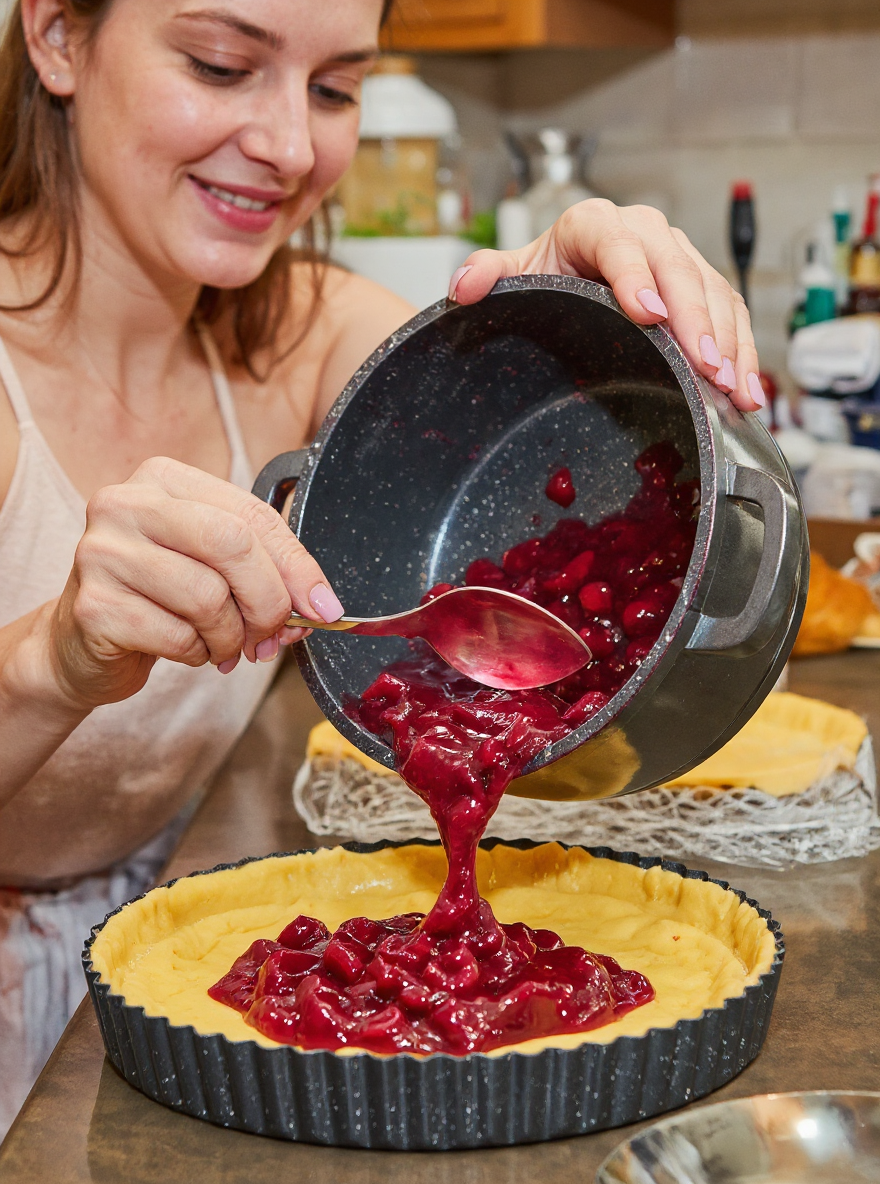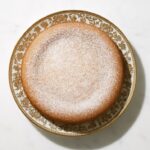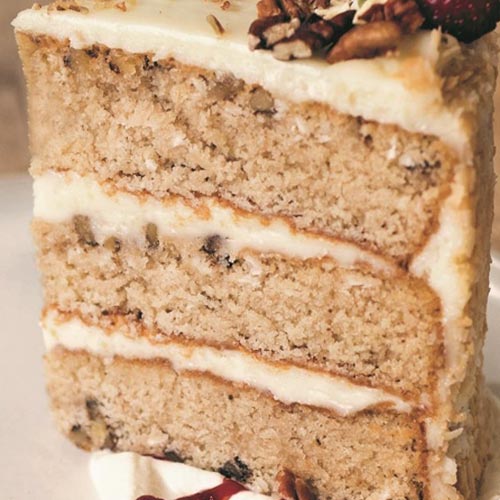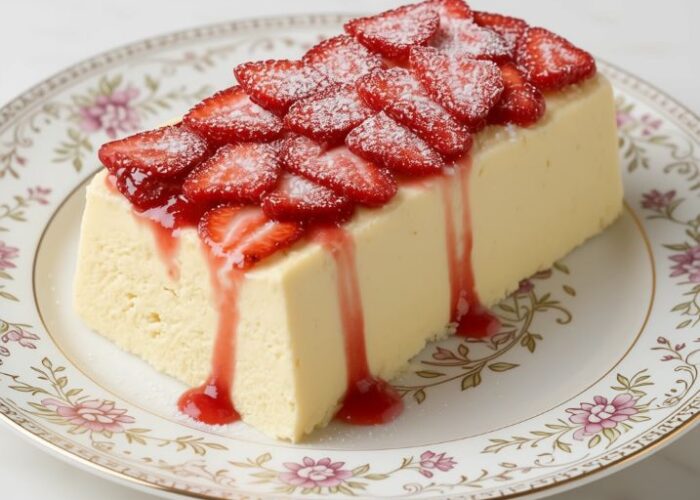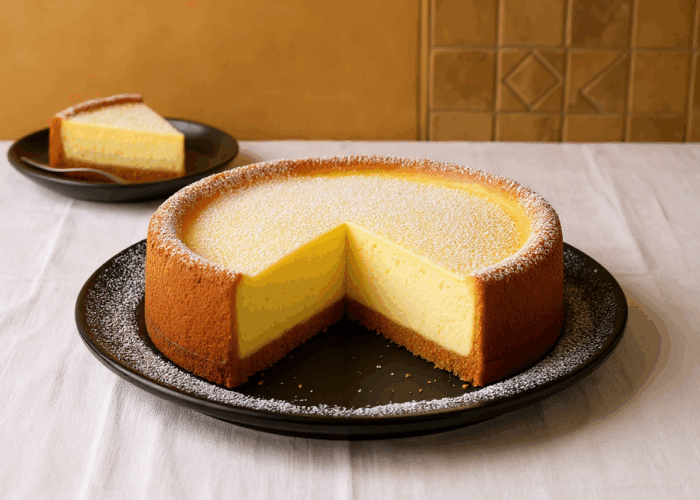Crostata: The Heart of the Italian Dessert Table
You know, if there’s one dessert that really feels like home in an Italian kitchen, it’s got to be crostata. This rustic tart, with its golden, buttery crust and those gorgeous jewel-toned fillings, is just so comforting. Honestly, it’s like a warm hug from the past. At its heart is pasta frolla a sweet, tender shortcrust pastry and a layer of jam, fresh fruit, or creamy ricotta. But the magic of crostata? Oh, it goes way beyond just the ingredients.
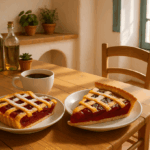
This dessert has a history that stretches back to the 15th century. Can you believe it? Recipes have been found in cookbooks from places like Lazio and Campania. Over the years, crostata has become more than just something sweet to finish a meal; it’s a true symbol of tradition, celebration, and the simple pleasure of gathering around the table with loved ones.
You’ll often find crostata making an appearance on Sundays or during special holidays. It’s a dessert made with love, filled with whatever’s in season or hiding in the pantry, think homemade plum jam, apricot preserves, or even that irresistible chocolate hazelnut spread. And that classic crisscrossed lattice top? It’s not just for show. It pays homage to the generations of bakers who transformed everyday ingredients into something truly beautiful.
Every nonna seems to have her own twist on it some whip up versions with fig jam, while others might use grape must or sweetened ricotta. But here’s the thing: no matter the filling, each bite is packed with nostalgia.
Pasta Frolla (sweet shortcrust pastry)
Now, let’s talk about what really makes crostata sing, pasta frolla. This beloved sweet shortcrust dough is where the magic begins. Rich with butter and eggs, gently sweetened, and often given a hint of lemon zest or vanilla, it’s the kind of dough that’s easy to work with and just bursting with flavor.
Unlike puff pastry, which rises and gets all flaky, pasta frolla bakes up tender and crumbly—like it’s just meant to melt in your mouth. It’s this delightful texture that makes it the perfect canvas for those vibrant fruit jams and smooth ricotta fillings. You might even find it being shaped into traditional Italian cookies, or what we call biscotti da tè.
It’s a staple in Italian home baking, not just because it tastes amazing, but also because it’s so versatile. And let’s be real most importantly, it’s made with love and passed down through generations. That’s what makes it special.
Variations of Italian Crostata
Ricotta and Honey Crostata
Swap out the jam for a creamy ricotta filling sweetened with a drizzle of honey and a touch of vanilla. Top with fresh berries or sliced almonds for extra texture.
Chocolate-Hazelnut Crostata
Spread a layer of Nutella or chocolate-hazelnut spread inside the crust before baking for a decadent twist that’s loved by kids and adults alike.
Fresh Fruit Crostata
Use seasonal fresh fruits like sliced peaches, berries, or plums instead of jam. Toss the fruit with a little sugar and lemon juice before filling the crust. Blind bake the crust first to avoid sogginess.
Lemon Curd Crostata
Fill the tart with tangy lemon curd for a bright, citrusy dessert. Top with a dusting of powdered sugar or whipped cream.
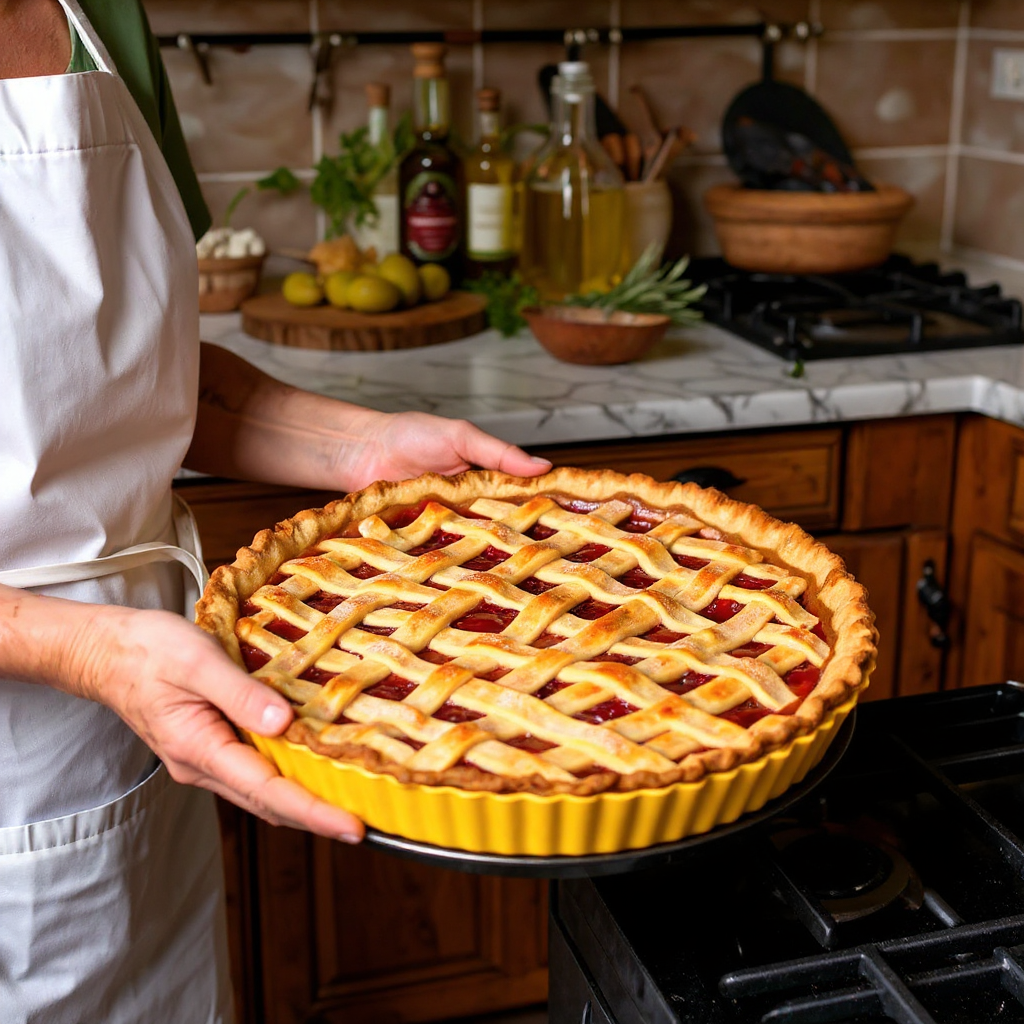
How to Store Italian Crostata
At Room Temperature: Store the crostata in an airtight container or cover it loosely with plastic wrap. It will stay fresh for 1 to 2 days at room temperature.
In the Refrigerator: If you want to keep it longer, refrigerate the crostata in an airtight container for up to 4 to 5 days. Before serving, bring it back to room temperature for the best flavor and texture.
Freezing: You can freeze an unbaked crostata wrapped tightly in plastic wrap and aluminum foil for up to 2 months. When ready to bake, thaw overnight in the fridge and bake as directed.
For baked crostata, freeze in airtight containers for up to 1 month, then thaw at room temperature before serving.
Proper storage ensures your crostata stays moist and flavorful, ready to enjoy anytime!

